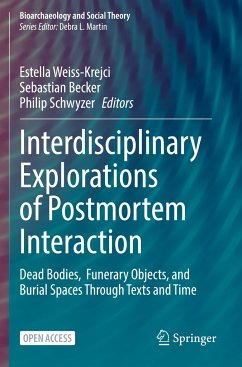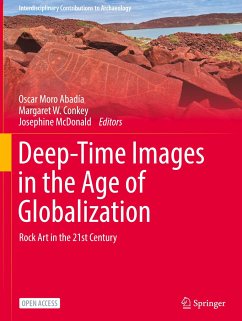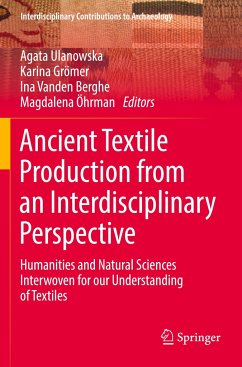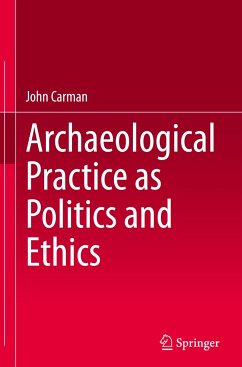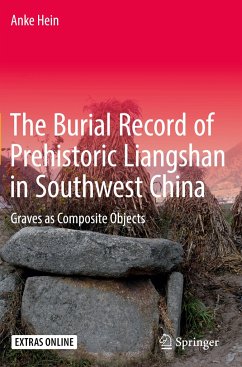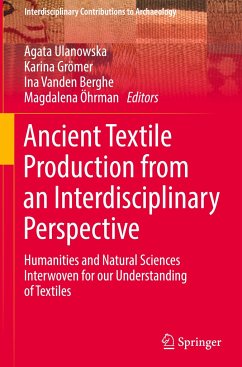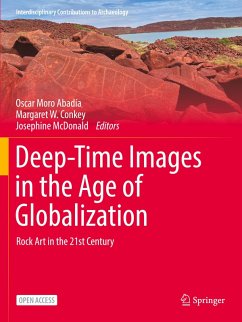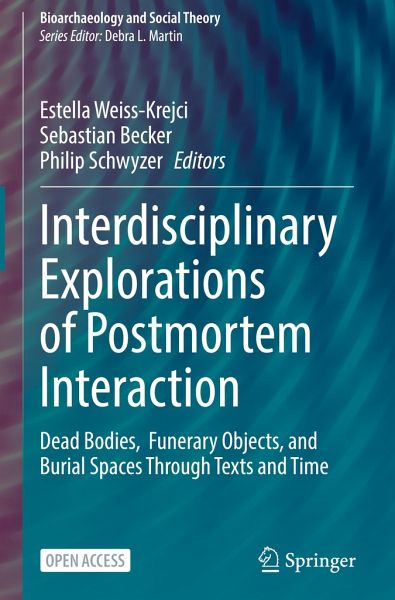
Interdisciplinary Explorations of Postmortem Interaction
Dead Bodies, Funerary Objects, and Burial Spaces Through Texts and Time
Herausgegeben: Weiss-Krejci, Estella; Becker, Sebastian; Schwyzer, Philip
Versandkostenfrei!
Versandfertig in 6-10 Tagen
38,99 €
inkl. MwSt.

PAYBACK Punkte
19 °P sammeln!
In the present as in the past, the dead have been deployed to promote visions of identity, as well as ostensibly wider human values. Through a series of case studies from ancient Egypt through prehistoric, historic, and present-day Europe, this book discusses what is constant and what is locally and historically specific in our ways of interacting with the remains of the dead, their objects, and monuments. Postmortem interaction encompasses not only funerary rituals and intergenerational engagement with forebears, but also concerns encounters with the dead who died centuries and millennia ago....
In the present as in the past, the dead have been deployed to promote visions of identity, as well as ostensibly wider human values. Through a series of case studies from ancient Egypt through prehistoric, historic, and present-day Europe, this book discusses what is constant and what is locally and historically specific in our ways of interacting with the remains of the dead, their objects, and monuments. Postmortem interaction encompasses not only funerary rituals and intergenerational engagement with forebears, but also concerns encounters with the dead who died centuries and millennia ago.
Drawing from a variety of disciplines such as archaeology, bioarchaeology, literary studies, ancient Egyptian philology, and sociocultural anthropology, this volume provides an interdisciplinary account of the ways in which the dead are able to transcend temporal distances and engender social relationships. Until quite recently, literary sciences and archaeology were generally regarded asincommensurable in their aims, methodologies, and source material. Although archaeologists and literary critics have been increasingly willing to borrow concepts and terminology from the other discipline, this book is one examples of a genuinely collaborative endeavor.
This is an open access book.
Drawing from a variety of disciplines such as archaeology, bioarchaeology, literary studies, ancient Egyptian philology, and sociocultural anthropology, this volume provides an interdisciplinary account of the ways in which the dead are able to transcend temporal distances and engender social relationships. Until quite recently, literary sciences and archaeology were generally regarded asincommensurable in their aims, methodologies, and source material. Although archaeologists and literary critics have been increasingly willing to borrow concepts and terminology from the other discipline, this book is one examples of a genuinely collaborative endeavor.
This is an open access book.



